Enter a surname, town name or other keyword to search the database. Remember to
allow for the different spellings of 'Mc' and 'Mac.' Good luck!
{Search tips: Use single word search terms for more results}
You must enter some valid character(s) into the search field
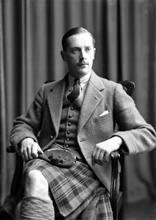
Reference: 32057e
Mr Argyll Robertson, The Depot...
|
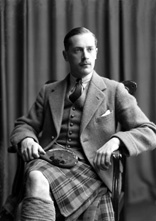
Reference: 32057d
Mr Argyll Robertson, The Depot...
|
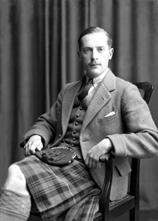
Reference: 32057c
Mr Argyll Robertson, The Depot...
|
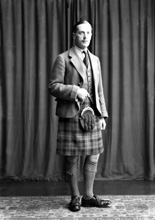
Reference: 32057b
Mr Argyll Robertson, The Depot...
|
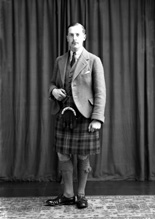
Reference: 32057a
Mr Argyll Robertson, The Depot...
|
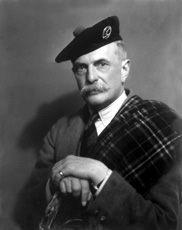
Reference: H-0247
Sir Donald Walter Cameron of L...
|
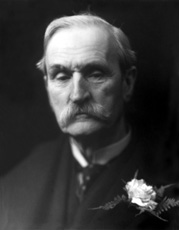
Reference: H-0246
Sir Daniel Macauley Stevenson ...
|
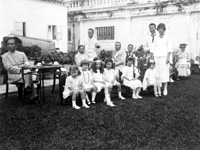
Reference: 673
Sun Yat-sen (far left) with gr...
|
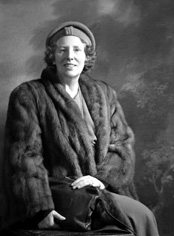
Reference: 42033e
Mrs McGrigor-Phillips a.k.a Do...
|
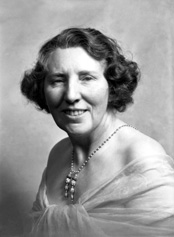
Reference: 42033d
Mrs McGrigor-Phillips a.k.a Do...
|
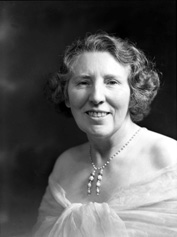
Reference: 42033c
Mrs McGrigor-Phillips a.k.a Do...
|
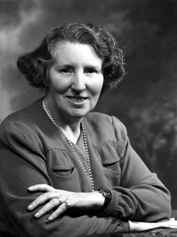
Reference: 42033b
Mrs McGrigor-Phillips a.k.a Do...
|